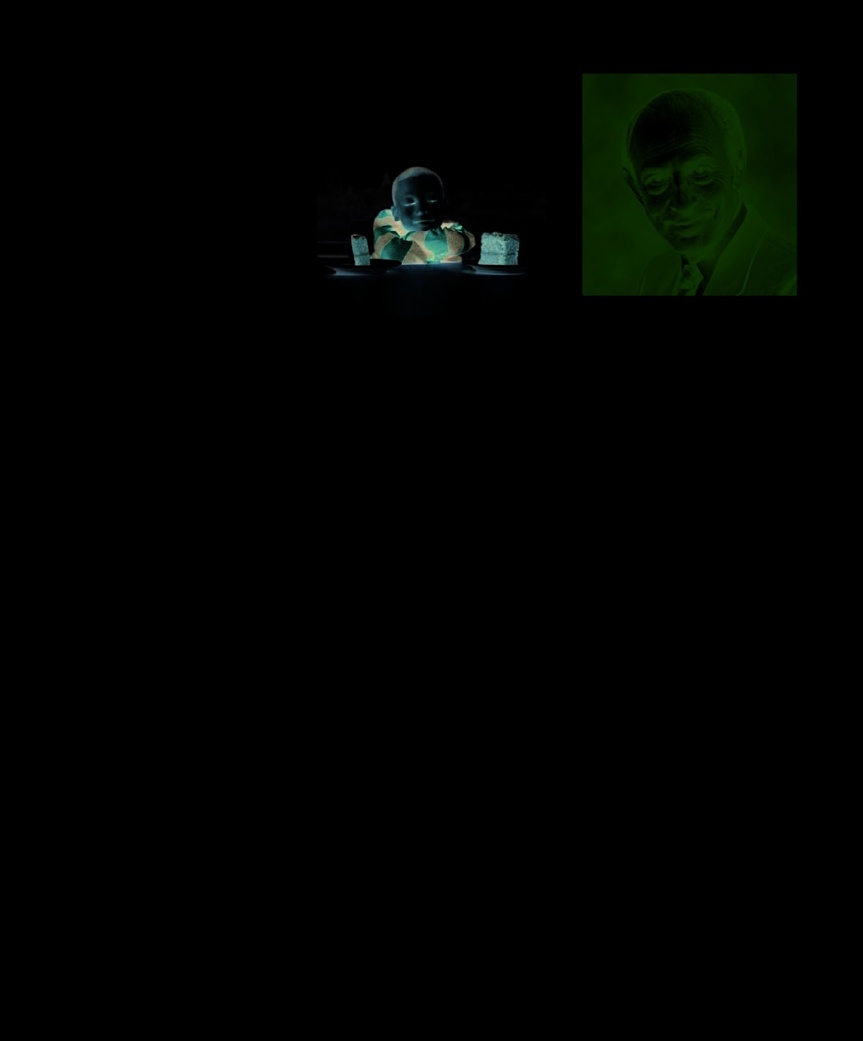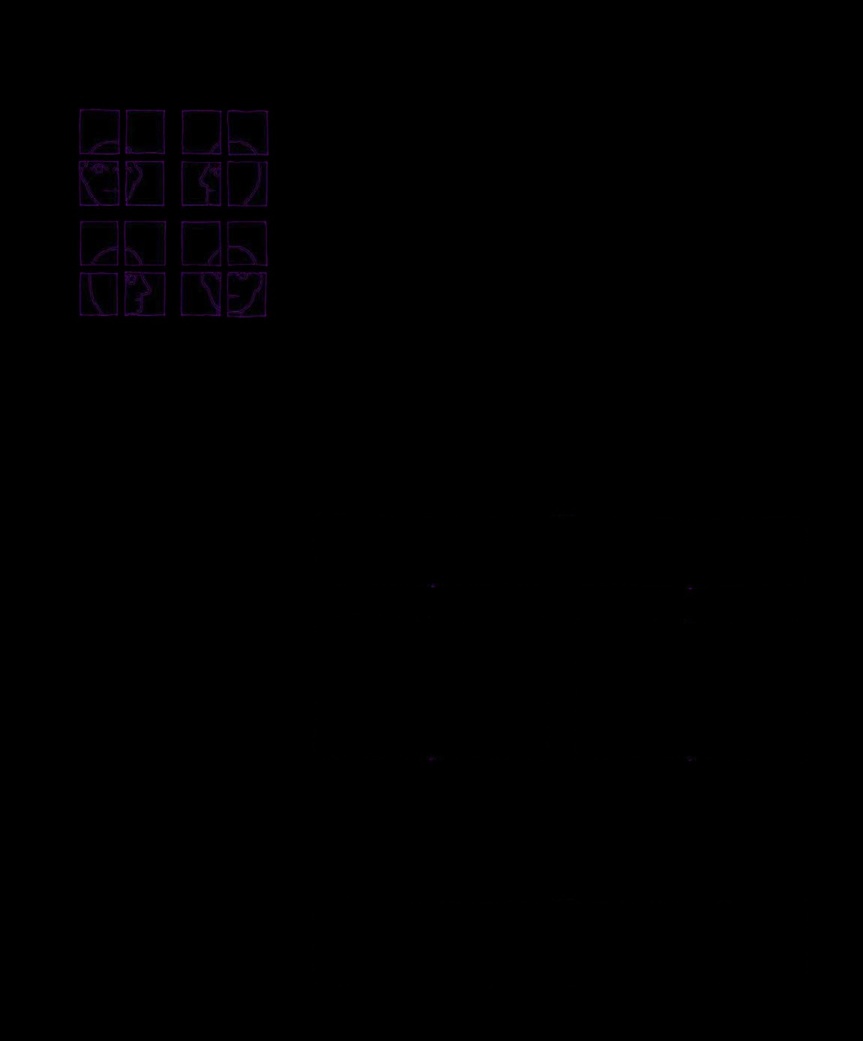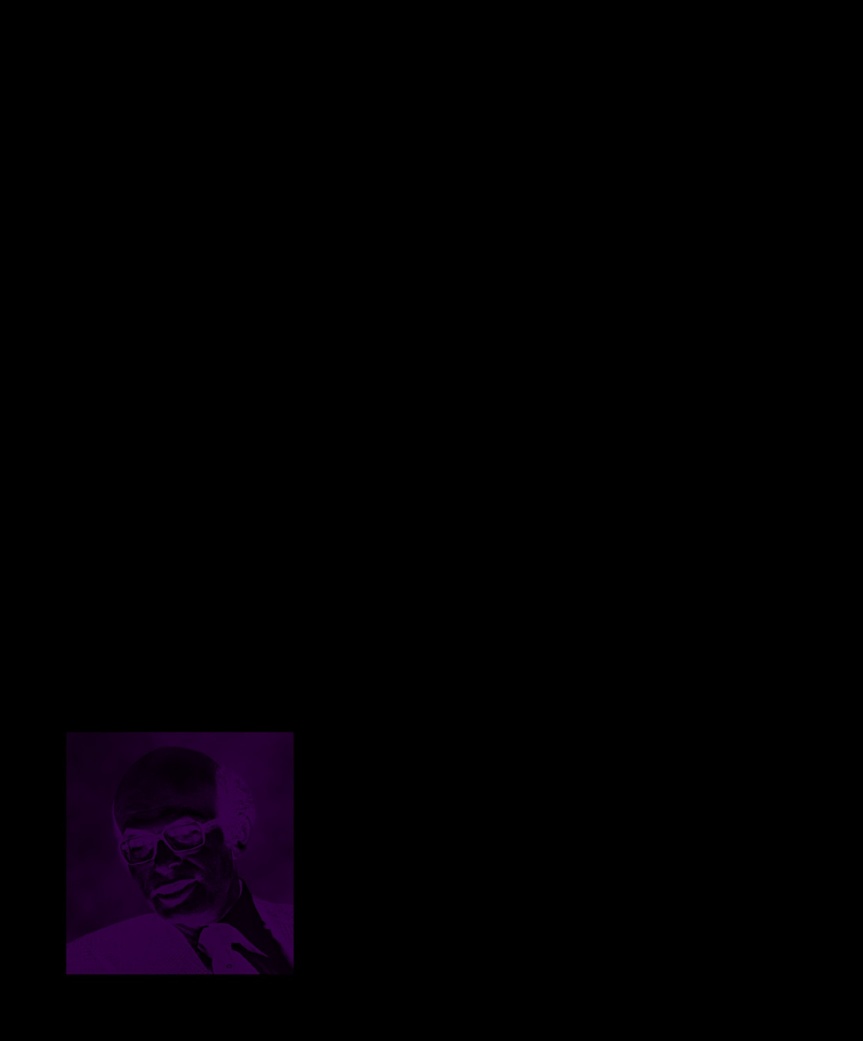The Psychology Book (103 page)
Read The Psychology Book Online
Authors: Unknown

AFTER
1975
Hans J. Eysenck’s
Looking at
…we also need
Personality Questionnaire
personality traits alone
to consider
external
identifies two biologically
gives us very few cues…
factors
and context.
based, independent
dimensions of personality.
1980
US psychologists Robert
Hogan, Joyce Hogan, and
The dynamic interaction
Rodney Warrenfeltz develop
between a
person
and the
situation
comprehensive personality
he finds himself in is the best
tests based on the “Big Five”
predictor of behavior.
model of personality.

PSYCHOLOGY OF DIFFERENCE 327
See also:
Galen 18–19 ■ Gordon Allport 306–07 ■ Raymond Cattell 314–15 ■
Hans J. Eysenck 316–21
Walter Mischel shocked the world
of personality theory when he
proclaimed in
Personality and
Assessment
that the classic
personality test was almost
worthless. He had reviewed a
number of studies that tried to
predict behavior from personality
test scores, and found them to be
accurate only 9 percent of the time.
Walter Mischel
External factors
Resisting temptation
, rather than
Mischel drew attention to the part
succumbing to short-term gratification,
Walter Mischel was born in
often indicates a capacity for greater
Austria, but emigrated with
played by external factors, such as
achievement in life, as Mischel’s studies
his family to the US in 1938.
context, in determining behavior,
of behavior in young children revealed.
He grew up in Brooklyn, New
believing that it was necessary to
York, receiving his PhD in
look at the dynamic interaction of
clinical psychology from Ohio
people and the situation they find
In his famous marshmallow
State University in 1956.
themselves in. Imagine how absurd
experiments, aimed at testing
He then went on to teach at
it would be if people’s behavior
willpower, four-year-old children
the Universities of Colorado,
appeared to be independent of
were presented with a single
Harvard, and Stanford, moving
external factors. He proposed that
marshmallow and told they could
in 1983 to Columbia University
an analysis of a person’s behavior,
either eat it immediately, or wait 20
in New York City, where he is
in different situations, observed on
minutes and then have two. Some
the Robert Johnston Niven
numerous occasions, would provide
children were able to wait, others
Professor of Humane Letters.
clues to behavior patterns that
were not. Mischel monitored each
Numerous honors have
would reveal a distinctive signature
child’s progress into adolescence,
been heaped on Mischel. These
of personality, as opposed to a list
and reported that those who had
include the Distinguished
Scientific Contribution Award
of traits. Individual interpretation of
resisted temptation were better
as well as the Distinguished
a situation was also considered.
adjusted psychologically and more
Scientist Award of the
Later, Mischel explored habits of
dependable; they did better at school,
American Psychological
thinking, which might endure over
were more socially competent, and
Association, and the
time and across different situations.
had greater self-esteem. Ability to
prestigious Grawemeyer
delay gratification seemed to be a
Award in psychology in
better predictor of future success
2011. Mischel is also a
than any previously measured trait.
prolific and talented artist.
Mischel’s work led to a shift in
the study of personality—from how
Key works
personality predicts behavior to
What is a personality
how behavior reveals personality. It
1968
Personality and
test really telling us
also changed the way personality
Assessment
about a person?
profiling is used in assessing job
1973
Is Information About
Individuals More Important
Walter Mischel
candidates. Tests that were once
Than Information About
considered an accurate basis for
Situations?
staff recruitment are now seen as
2003
Introduction to
a guide, to be interpreted in the
Personality
context of the situations that are
likely to arise in doing a job. ■

328
WE CANNOT DISTINGUISH
THE SANE FROM THE INSANE
IN PSYCHIATRIC HOSPITALS
DAVID ROSENHAN (1932– )
IN CONTEXT
Psychiatrists say that mental disorders
can be
APPROACH
accurately diagnosed through symptoms
Anti-psychiatry
that can be categorized into diseases.
BEFORE
1960
In
The Divided Self:
An Existential Study in Sanity
and Madness
, R.D. Laing
So they should be able to
tell the difference
emphasizes the family as
between the sane and the insane.
a source of mental illness.
1961
Psychologists E. Zigler
and L. Phillips demonstrate
huge overlaps in the symptoms
of different categories of
A second experiment
A first experiment
psychiatric disorder.
showed that people with
showed that sane people
genuine mental health
1961
Hungarian-American
can be judged insane.
disorders can be judged
psychiatrist Thomas Szasz
to be faking them.
publishes the controversial
The Myth of Mental Illness
.
1967
British psychiatrist
David Cooper defines the
We cannot distinguish the sane from
anti-psychiatry movement in
the insane in psychiatric hospitals.
Psychiatry and Anti-Psychiatry
.
AFTER
2008
Thomas Szasz publishes
Psychiatry
:
The Science of Lies
.
Psychiatric diagnoses are not objective
, but
exist only in the minds of the observers.

PSYCHOLOGY OF DIFFERENCE 329
See also:
Emil Kraepelin 31 ■ R.D. Laing 150–51 ■ Leon Festinger 166–67 ■ Solomon Asch 224–27 ■
Erving Goffman 228–29 ■ Elliot Aronson 244–45 ■ Thigpen & Cleckley 330–31
D
uring the 1960s, psychiatry an appointment. Later, at the and powerlessness. Their records faced a vocal challenge to
admissions office, they were to
showed that the average daily time
its fundamental beliefs by
complain of hearing an unfamiliar
they spent with medical staff was
a number of experts known as
voice in their heads, which was
less than seven minutes.
Although
the “anti-psychiatrists.” This
unclear but used words such as
they were undetected by the hospital
informal group of psychiatrists,
“empty” and “thud.” This suggested
staff, other patients challenged their
psychologists, and welfare workers
existential feelings of pointlessness.
sanity, sometimes quite vigorously:
claimed that psychiatry is a medical
They were instructed to give false
“You’re not crazy. You’re a journalist
model of mental health, yet there
names and occupations, but
checking up on the hospital.”
are no physical symptoms, and its
otherwise true personal histories.
treatment regimes largely ignore
As a result, all the pseudo-
Judging the insane sane
the patient’s needs and behaviors.
patients were admitted to hospital
In the second part of Rosenhan’s
In 1973, David Rosenhan carried
with a diagnosis of schizophrenia,
study, he falsely informed the staff
out a field study in the US that
despite showing no symptoms of
at a teaching and research hospital
explored the validity of psychiatric
the disorder. Their hospital stays
(who were aware of the first study)
diagnosis and resulted in the
lasted an average of 19 days, during
that during the next three months,
dramatic conclusion that we
which time they behaved completely
one or more pseudo-patients would
cannot distinguish the sane from
normally. They maintained journals
try to be admitted to the hospital,
the insane in psychiatric hospitals.
of their experiences, surreptitiously
and they were asked to rate each
In the first part of the study,
at first but then openly, as it was
new patient on the likelihood of
Rosenhan assembled a group
never questioned. Demonstrating
them being a pseudo-patient. Of
of eight sane people (including
how even normal behavior might
193 genuine new admissions, 41
himself), made up of women and
be interpreted as evidence of a
were judged suspect by at least
men of different occupations and
psychiatric condition, Rosenhan
one member of staff, and 23 were
ages, and designated them as
found that a common comment in
flagged as possible pseudo-patients
pseudo-patients. They were briefed
their medical notes was “patient
by at least one psychiatrist.
to make an attempt to be admitted
engages in writing behavior.”
Rosenhan’s work generated an
as patients to different mental
The “patients” themselves
explosion of controversy, and led
hospitals in five US states, first by
described their experience in
many institutions to take steps to
telephoning the hospital to ask for
hospital as one of depersonalization
improve their care of patients. ■
David Rosenhan
David Rosenhan was born in
He is a fellow of the American
the US in 1932. After gaining
